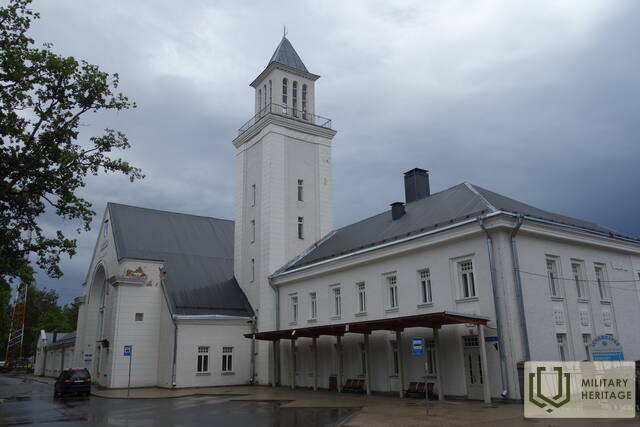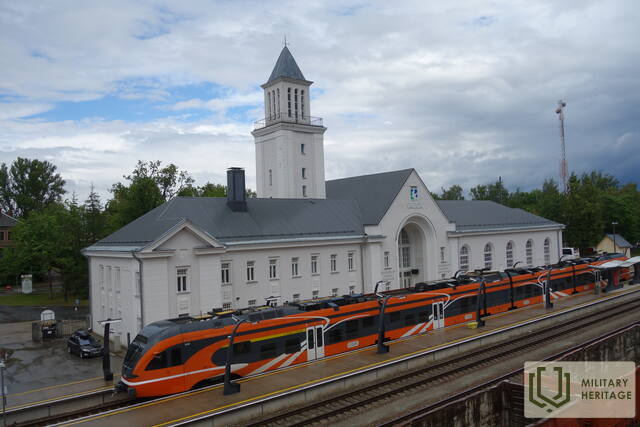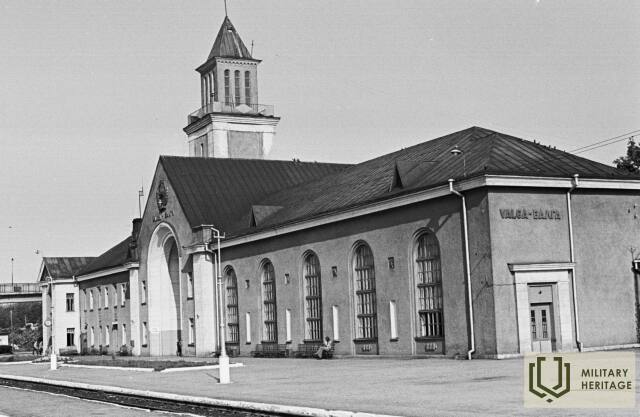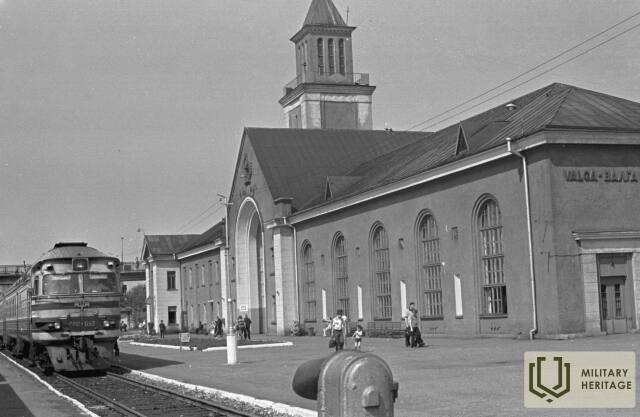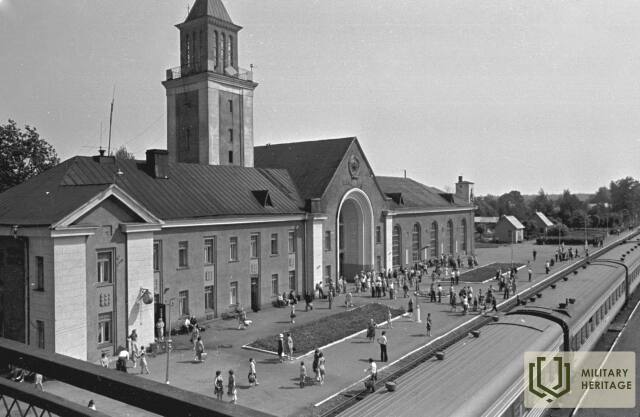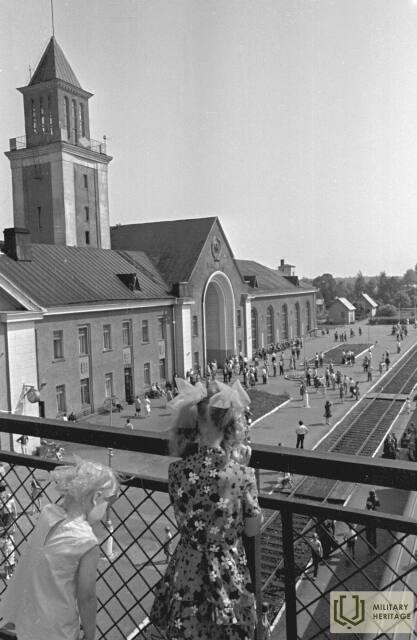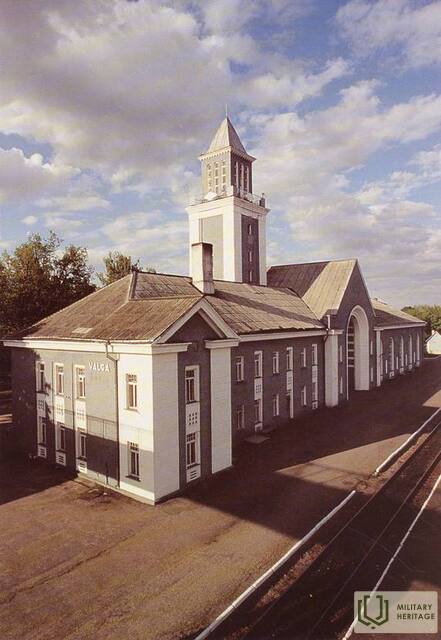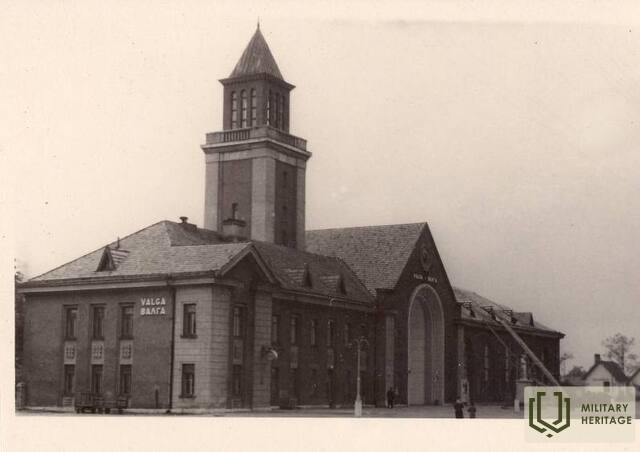Vokiečių karo belaisvių pastatyta Valgos geležinkelio stotis
Karinis miestas

Pagrindinis Valgos geležinkelio stoties pastatas (Leningrado transporto planavimo biuras, architektas: Viktoras Cipulinas) buvo baigtas statyti 1949 m. Tai pailgas dviejų aukštų statinys su priestatu ir šlaitiniu stogu, kurio architektūrinis akcentas – septynių aukštų kvadratinis bokštas. Tai vienas geriausių ir žymiausių stalininės architektūros pavyzdžių Estijoje. Gerai išsaugota pirminė pastato būklė dar labiau pabrėžia jo svarbą. Geležinkelio stotis buvo pastatyta netrukus po Antrojo pasaulinio karo vietoje imperatoriškosios imperijos laikų pastato, kurį sugriovė sovietų bombardavimas. Kadangi Valgoje buvo laikomi vokiečių karo belaisviai, tikėtina, kad jie buvo panaudoti jam statyti.
Panaudoti šaltiniai ir literatūra:
Nacionalinės paveldo tarybos kultūros paminklų registras. https://register.muinas.ee/public.php?menuID=monument&action=view&id=30431
Susijusi laiko juosta
Susijusi istorija
Iš Ádolfo Erso knygos „Vidzemė kovoje už laisvę“ apie pabėgėlių kelionę Valkoje
Nuo pabėgėlių laikų Valkai buvo skiriamas svarbesnis vaidmuo nei kitiems Vidžemės miestams, nes čia buvo leidžiamas politiškai aktyvus laikraštis „Līdums“, kuriame buvo kaldinami Latvijos dvasiniai ir politiniai ginklai, taip pat todėl, kad tai buvo kryžkelė, kurioje susitiko keliai iš trijų Latvijos pusių: iš Rygos, Alūksnės, Mozekilės, taip pat iš Estijos ir Rusijos. Ji turėjo ryšių su pabėgėliais iš visų pusių – Tartu, Pliskos, Maskvos ir Sankt Peterburgo. Čia buvo didelis pabėgėlių centras.




